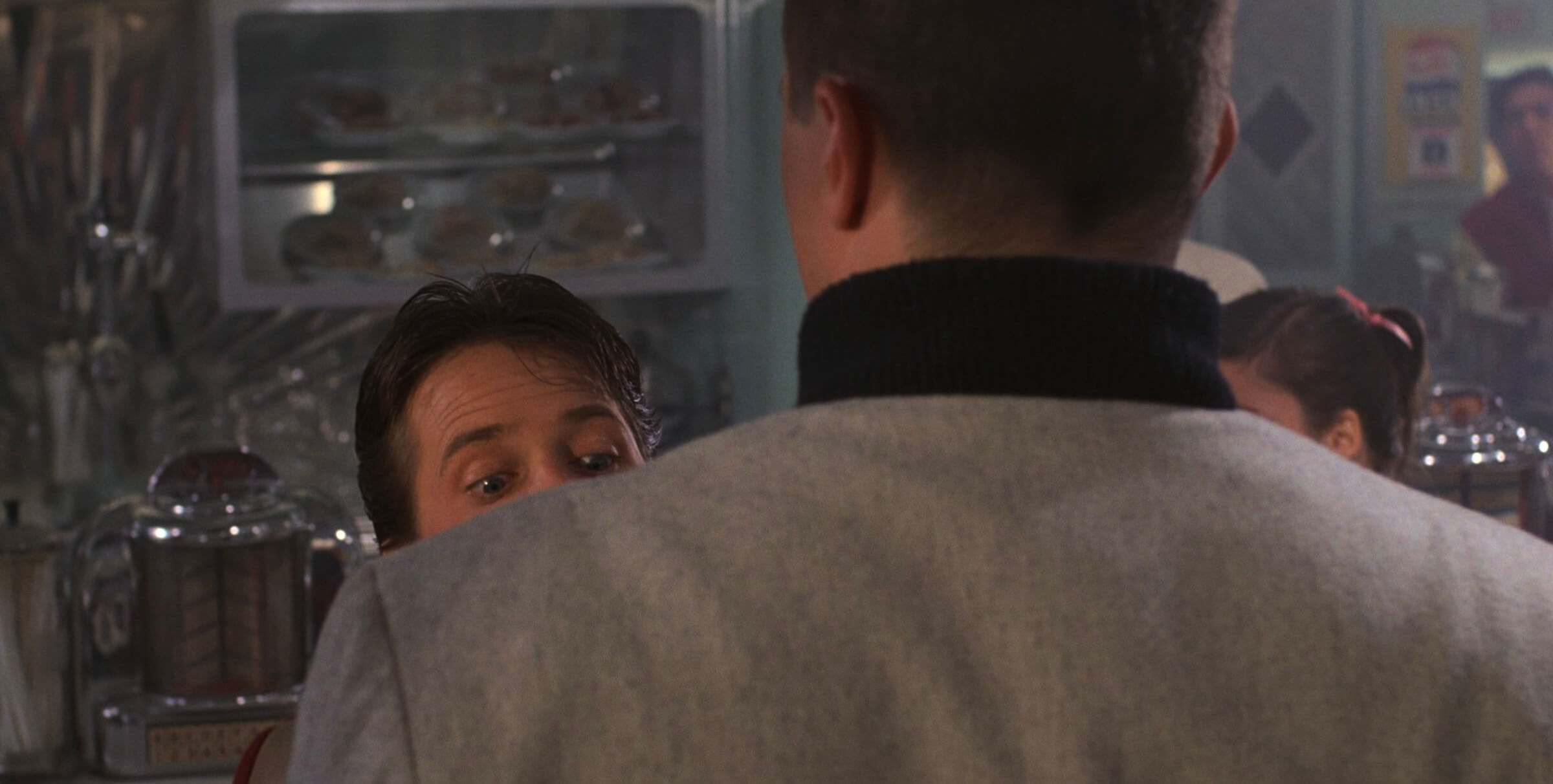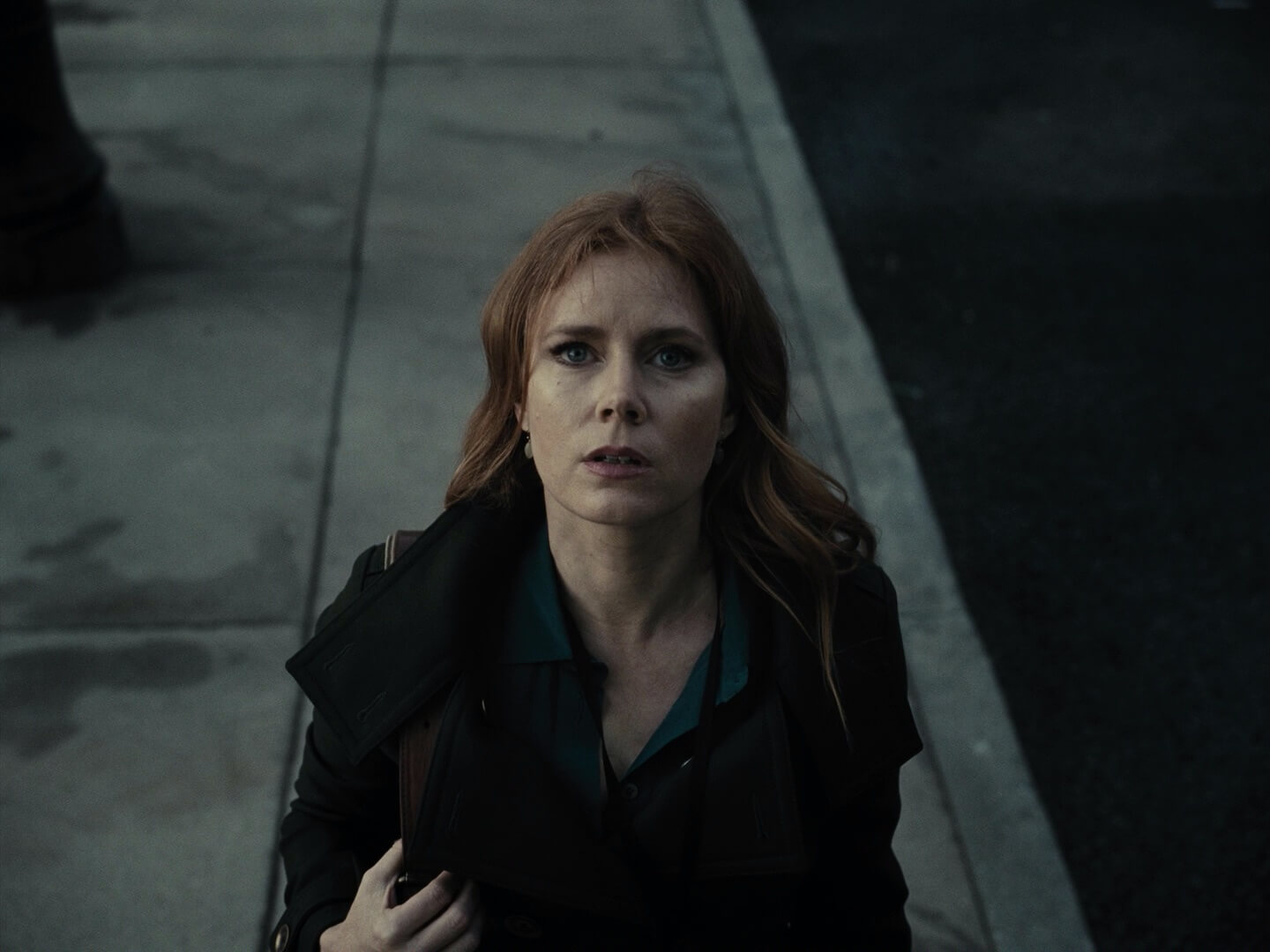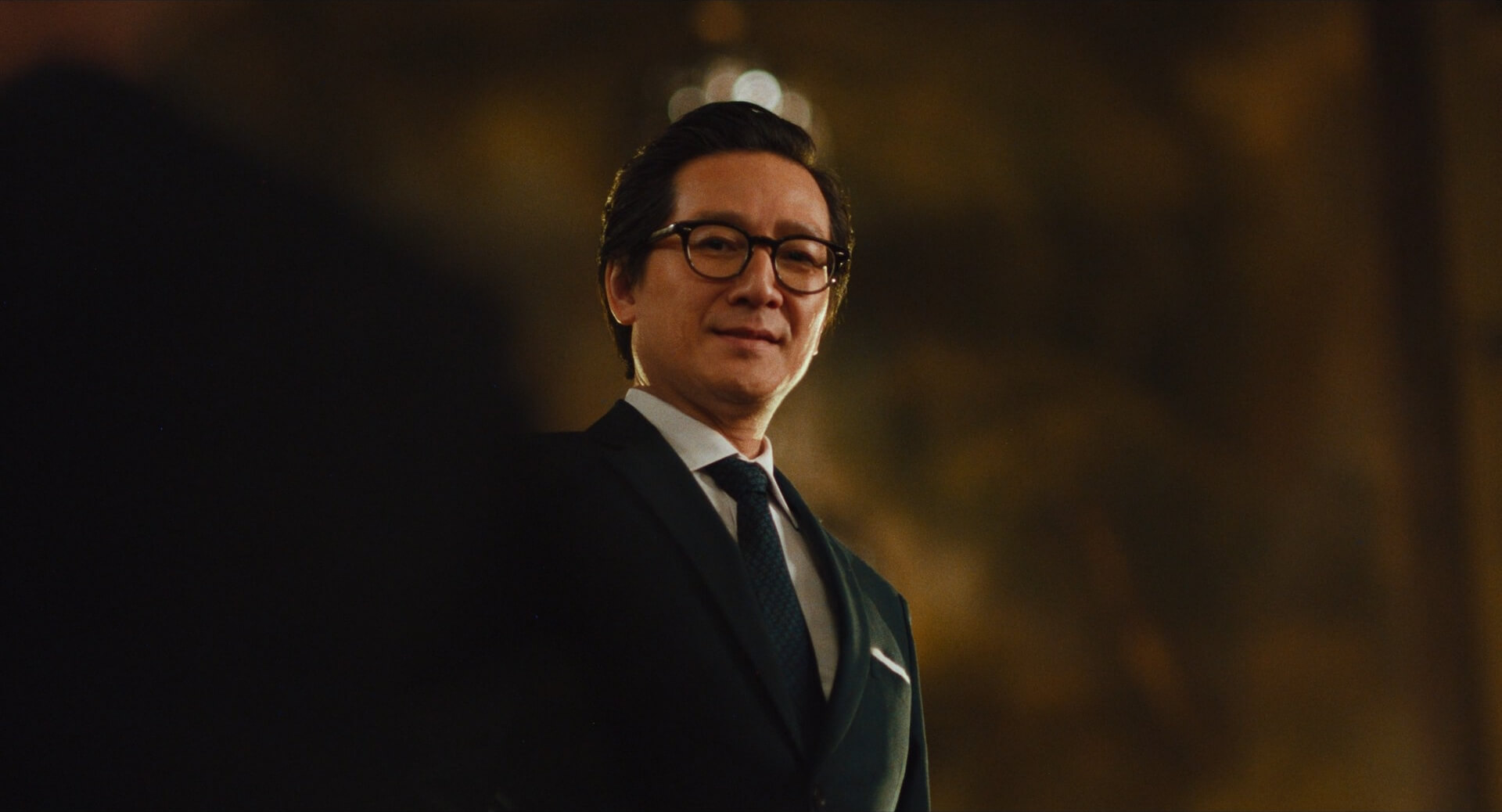home → Camera Movements → Boom Shot
Boom shot definition
What is a boom shot?
A boom camera shot, sometimes called a jib shot or crane shot, involves physically lowering or lifting the camera. This can be done using a boom arm, crane, or a jib, allowing the camera movement to be smooth as it follows the action. Boom shot camera movement has the effect of gliding seamlessly, without the frame shaking as the camera goes up or down.
For an in-depth exploration of this technique, check out our full guide to boom shots, complete with examples and breakdowns.
Boom shot
Boom shot examples
It’s helpful to see the boom shot in action before exploring how they operate within visual storytelling. Browse this curated selection of boom shots to get a sense of their uses across films.
Follows action up or down
Builds suspense
Reveals a location
Establishes power dynamics
Uses
What does a boom shot do?
Boom shots in film are used for a variety of reasons in film. They can be extremely effective in following action, revealing the totality of a scene, or in conveying power dynamics between characters.
Tracking action
Boom shots are great for action that moves vertically, from sports to air flight.
Revealing scope
A boom shot can be effective in revealing the big picture of something. By starting down low and moving up high, the viewer can see the totality of the situation, which is why this shot is often used for battlefield scenes.
Showing strength or weakness
A boom shot that goes upwards from a character can convey strength, and show the character feeling victorious. Vice-versa, a boom shot that moves downwards can make a character seem small or vulnerable.
Creating tension
By moving a shot up or down, the viewer gets new information as it comes into frame. This can be great for building suspense.
Boom shot meaning
Boom Shot vs Tilt Shot
Boom shots and tilt shots are similar movements, but the key difference is in how the camera moves. A boom shot moves the entire camera up or down, and doing so often requires a crane, jib, or boom arm to keep the movement smooth.
A tilt shot doesn't move the camera itself up or down. Instead, it keeps the camera itself fixed, and moves the camera vertically on a tilt. In a boom shot, the entire camera moves up and down on a crane or jib, while a tilt only moves the camera up or down. Think of it as the difference between taking an elevator, versus nodding your head up and down.

Case Study
Shot listing a Boom Shot
Boom shots are often used to dramatically reveal the big picture of a scene. In The Lord of the Rings: The Fellowship of the Ring, the characters are desperately trying to escape the Mines of Moria, when they reach a bridge. Gandalf famously turns to face the Balrog, a monster, on the bridge. A boom shot then moves upwards, revealing the enormity of the Balrog, and the vast chasm below the bridge.
Click the shot list below to take a closer look at the entire scene.
Boom shots can be a useful way to reveal information to a viewer, but you can also combine them with other shots for even more dynamic outcomes.
Unexpected combos
How can you use a Boom Shot with other camera techniques?
How to combine a Boom Shot
Boom shots are a versatile addition to any filmmaker’s visual language. While impactful on their own, they gain even more power when paired with other techniques. Here are some creative ways Boom Shots can be combined with different cinematic approaches:
- Dolly Shot: In a dolly boom, the camera moves forward or backward in a dolly shot, while also moving up or down in the boom shot.
- Pan Shot: For this shot, the camera booms up or down while also panning, which means it moves horizontally right or left. This is often used for filming large scenes, like crowd scenes.
- Tilt Shot: This is when the camera goes up or down while also tilting up or down on its axis.
- Zoom Shot: In this shot, the camera goes up or down while also zooming in or out. This is often used to add drama, and show a moment of shock or epiphany.
- Tracking or Crane Shot: This shot involves the camera moving up or down while tracking a subject who is moving laterally, or side-to-side. This is sometimes seen in musical numbers.
Frequently asked questions about the Boom Shot
A boom shot in film is when the camera is moved up or down using a crane, jib, or boom arm.
A boom shot is used to show scale, power dynamics, or create suspense.
Filming a boom shot involves the use of a crane, jib, or boom arm to move the entire camera up and down.
In The Lord of the Rings: The Fellowship of the Ring, the camera moves above a bridge to reveal how large the monster, called the Balrog, is.





